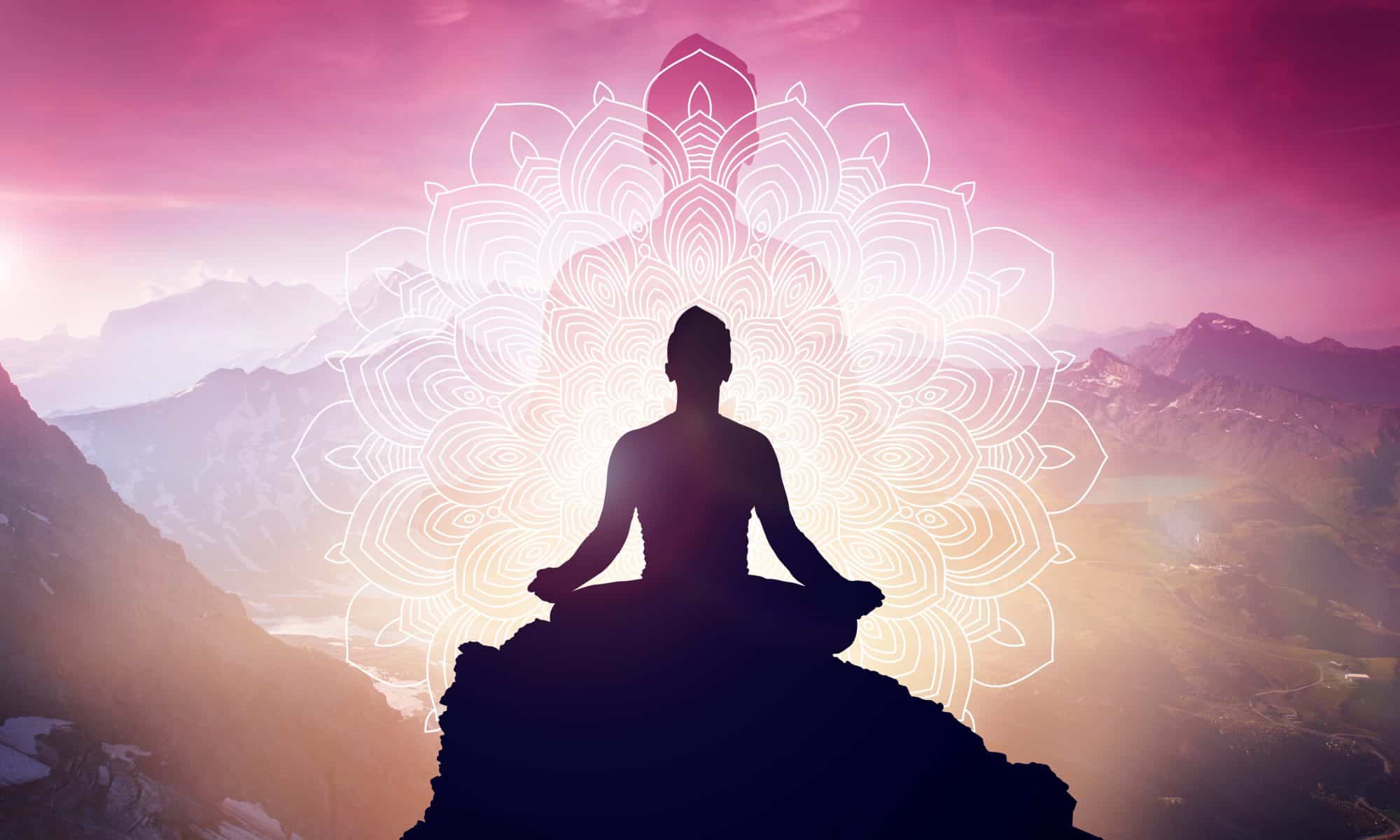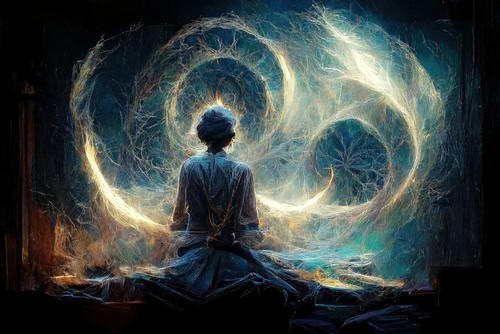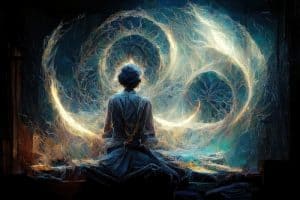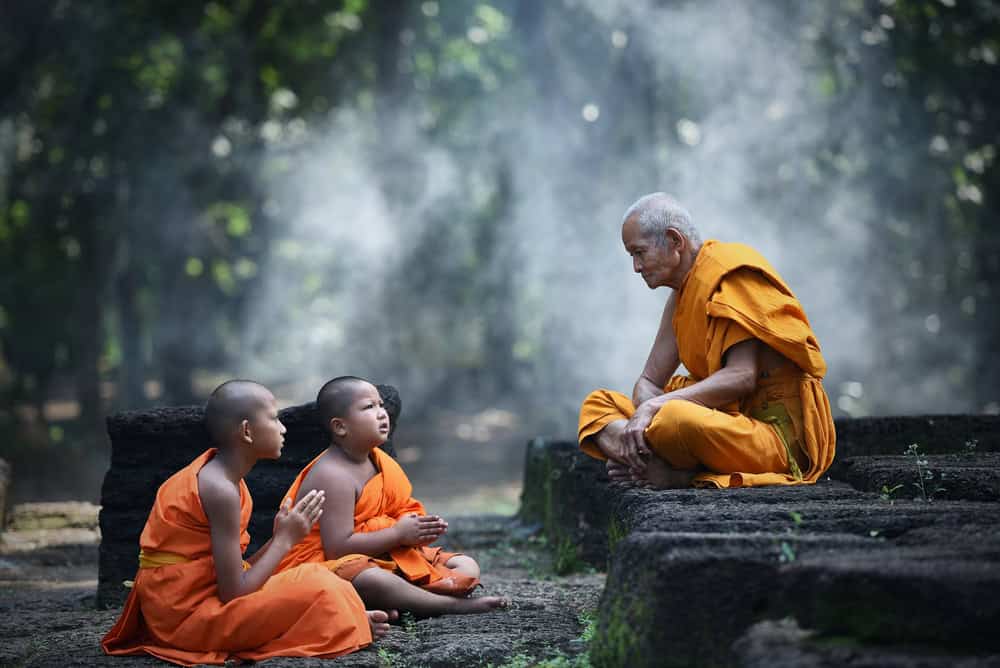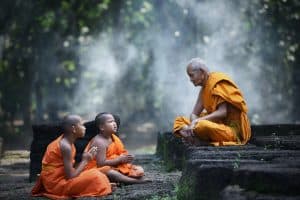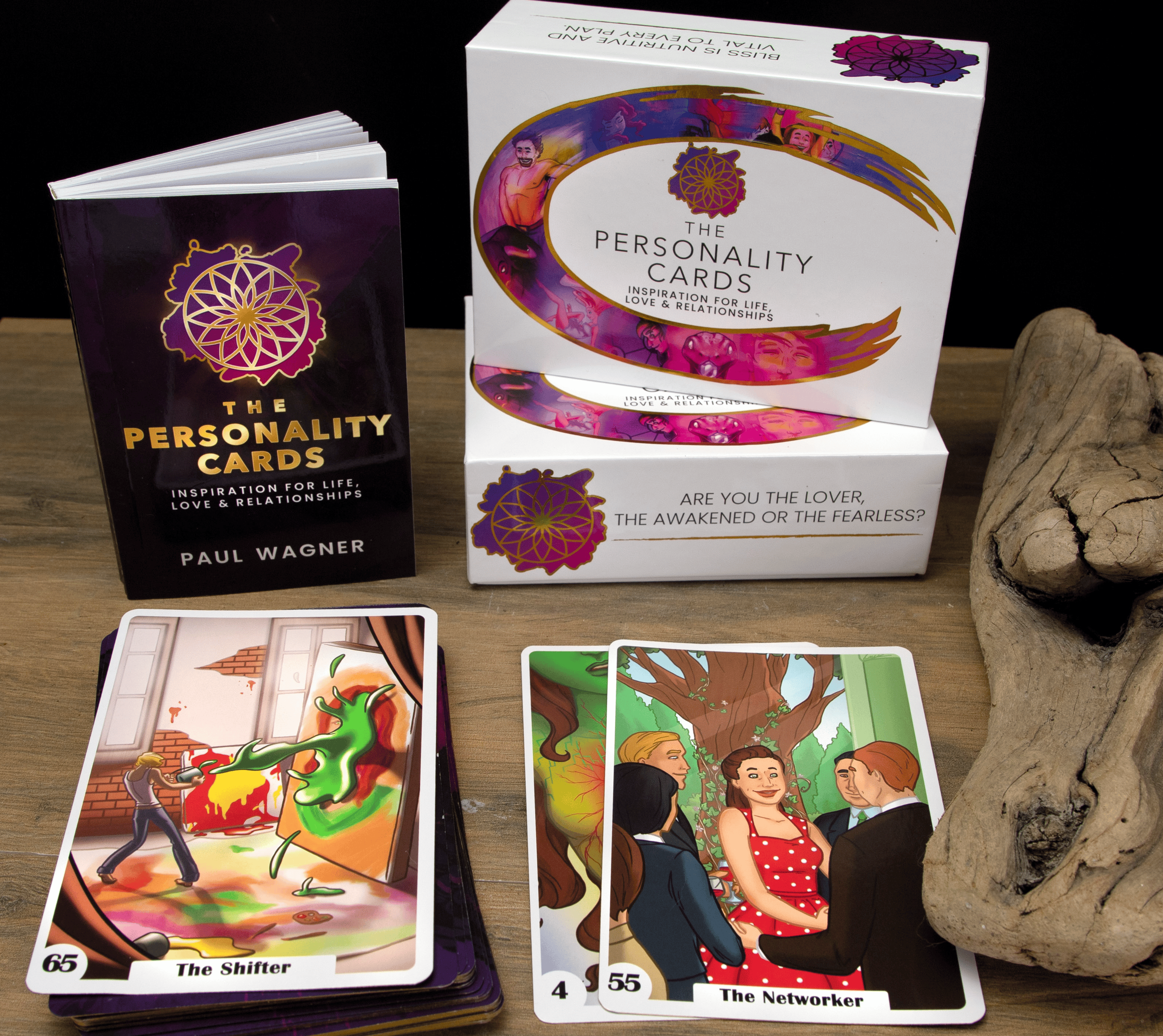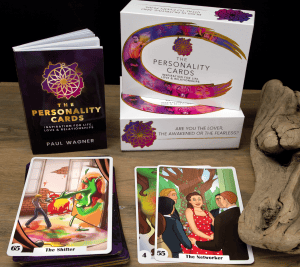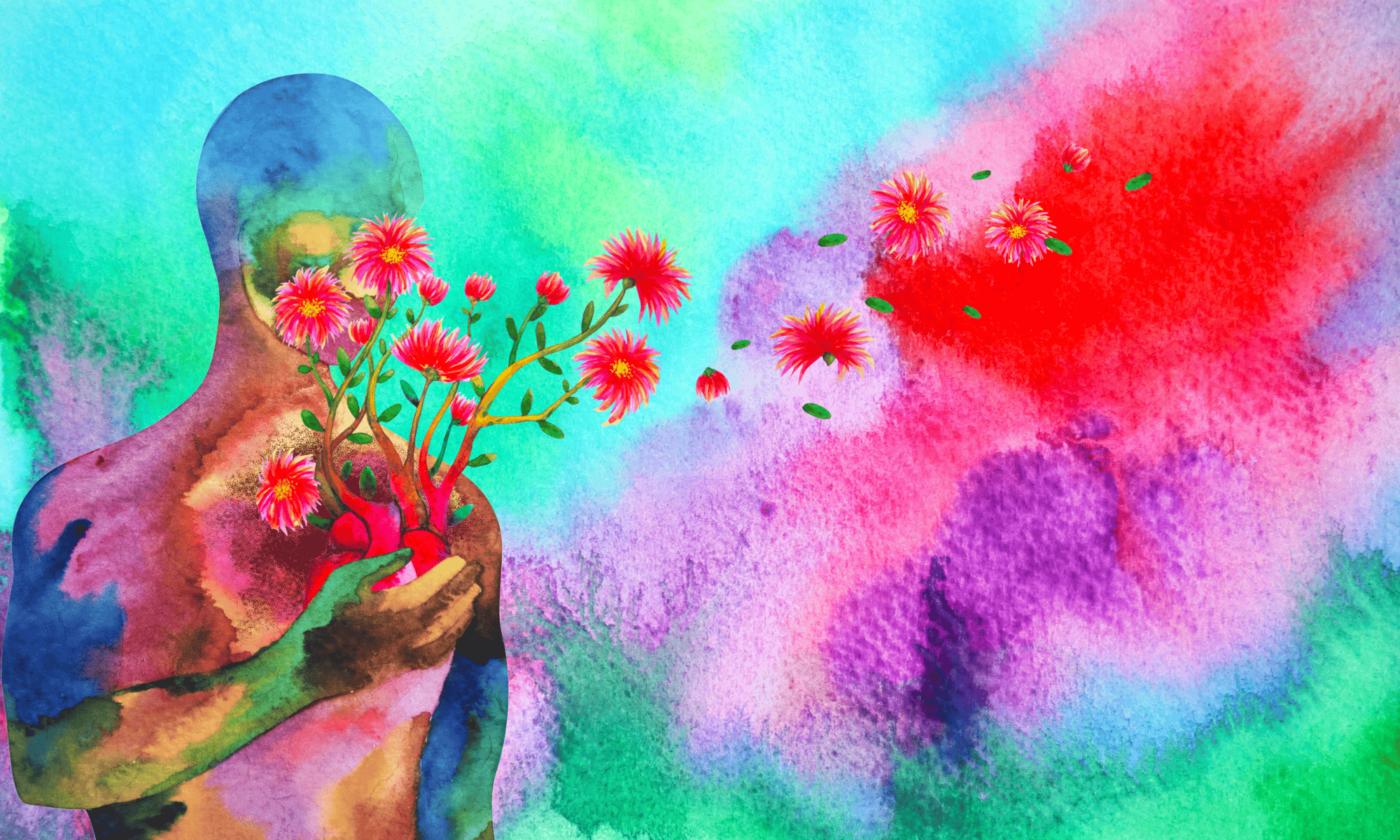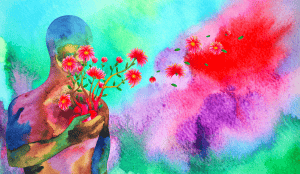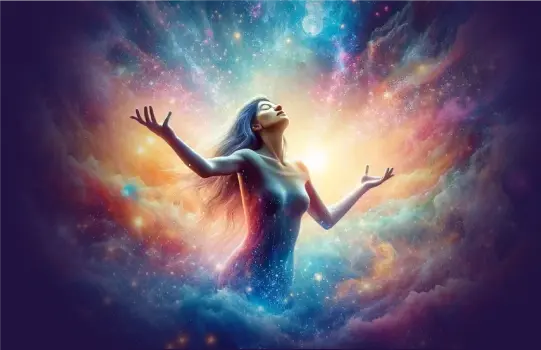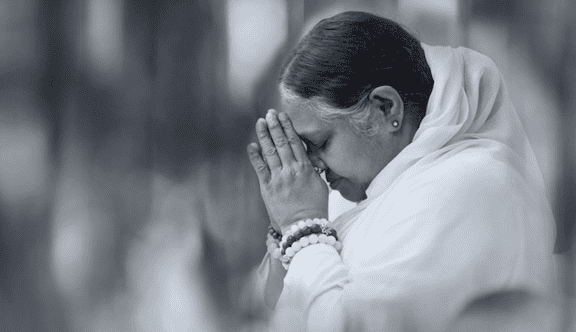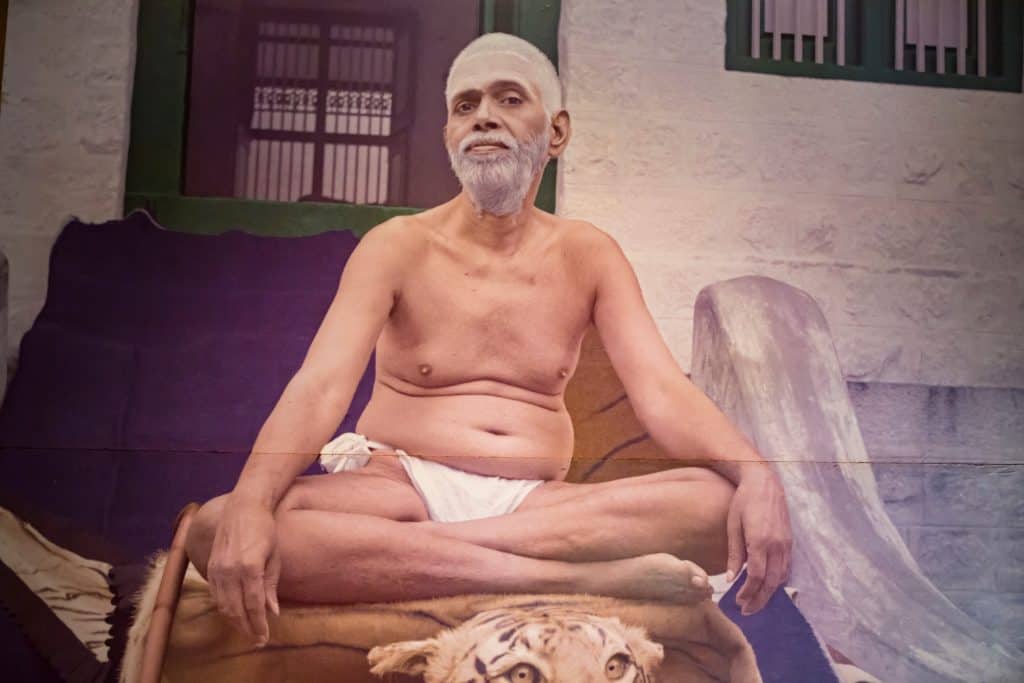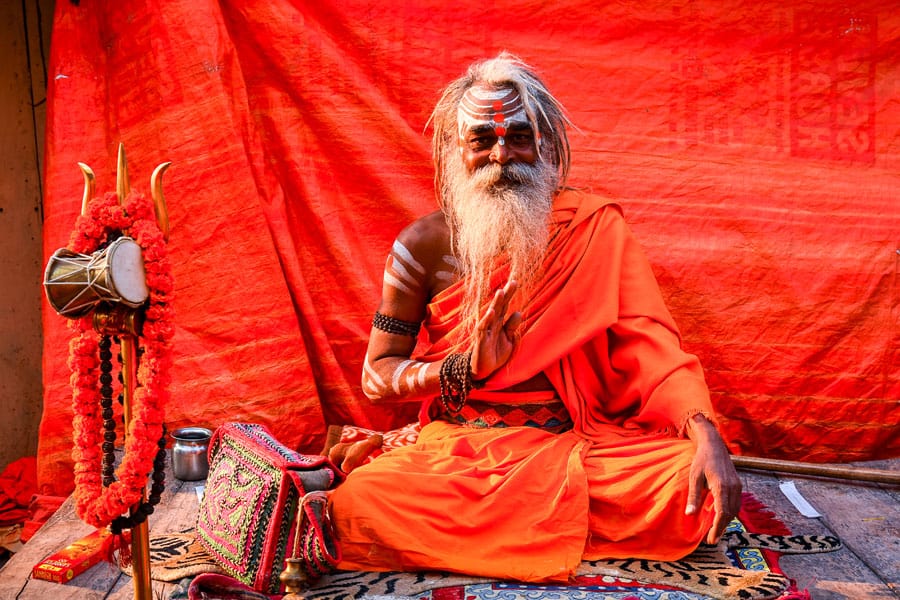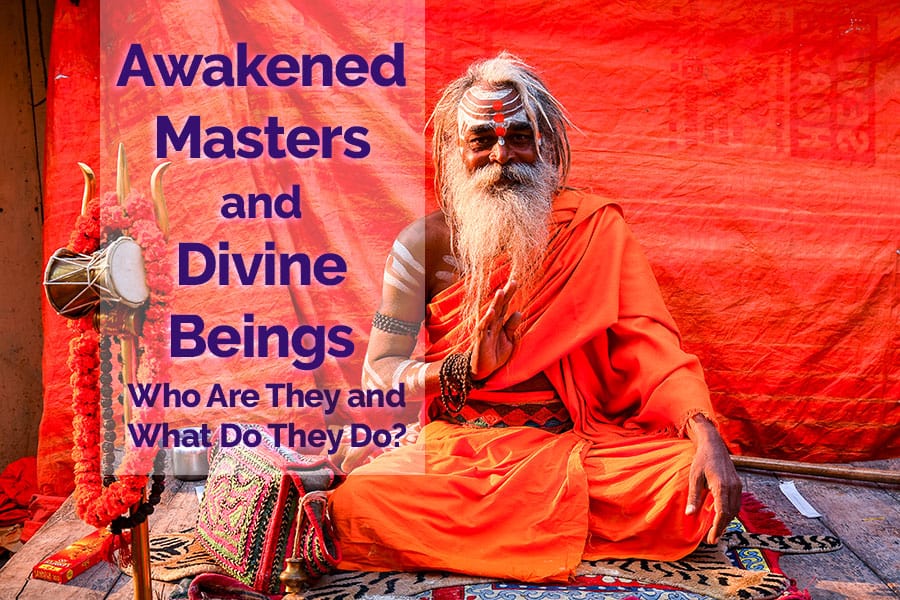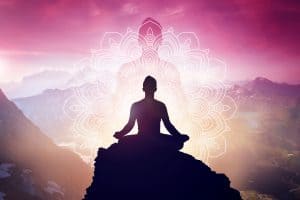
We might never know why someone is attacking us. They might be deeply traumatized or they might have a sprinkle of evil within them.
The reason you might be experiencing adversity or attacks is most likely due to karma from a prior life. It might also be a divine intervention to inspire you to unearth a handful of feelings or vibrations that trapped within your core. Sometimes a provoking event can truly and fully free us. You might also have secret intentions or attitudes that include a form of Self-hatred or violence, which can attract similar attributes in our oppressors and challengers.
We attract what will uplevel us in all circumstances – but only if we yield to the nature of the event and choose to heal what is within us and rise above it all.
There is no exception. Regardless of the infraction, we always have the option to choose at least a sprinkle of gratitude. Doing so, avails us to our inner master and wisdom, opens our hearts,releases stifled emotions, and improves the states of our hearts and minds.
In the tapestry of life, challenges and adversities are inevitable threads. The ancient wisdom of the Vedas, Buddhism, and Hinduism offers profound insights on how to stay proactive, even positive in the face of attacks or oppression.
Drawing on the teachings of enlightened masters, these rich traditions guide us toward resilience, love, and encouragement even in the darkest moments.
Cultivating Inner Strength through The Vedas
The Vedas, the ancient scriptures of India, teach us that adversity is an inherent part of the human journey. Yet, they also provide a roadmap for maintaining positivity in the face of attacks. The Bhagavad Gita, a revered text within the Vedas, imparts wisdom on navigating challenges with grace.
Sage Yajnavalkya reminds us, “When you are insulted, you should remain silent; when praised, you should be equally silent.”
This ancient teaching encourages us to cultivate inner strength by not letting external circumstances dictate our inner state. The Vedas invite us to look beyond the surface of attacks and oppression, understanding that our true essence remains untouched by external forces.
Buddhism’s Noble Path to Resilience
Buddhism, rooted in the teachings of Siddhartha Gautama, the Buddha, offers a transformative perspective on responding to adversity.
The Four Noble Truths
The Four Noble Truths, foundational to Buddhist philosophy, acknowledge the existence of suffering but also provide a path toward liberation from it. By embracing the truth of suffering without succumbing to negativity, we can find the strength to endure attacks.
These ancient and penetrative truths are a foundational concept in Buddhism, setting forth the essential principles that form the framework of the Buddha’s teachings. These truths encapsulate the nature of human suffering and the path to liberation. Here are the Four Noble Truths:
Dukkha (Suffering): The first noble truth acknowledges the inherent nature of suffering (dukkha) in human existence. Dukkha encompasses not only overt pain but also the more subtle forms of dissatisfaction, unease, and impermanence that are integral to life. It serves as a recognition that suffering is an intrinsic part of the human condition.
Samudaya (Cause of Suffering): The second noble truth identifies the cause of suffering, known as samudaya. This cause is often attributed to craving or attachment (tanha). The insatiable desire for pleasure, possessions, and the continuation of existence contributes to the perpetuation of suffering. Recognizing and understanding the origins of suffering are crucial steps on the path to liberation.
Nirodha (Cessation of Suffering): The third noble truth introduces the concept of nirodha, which signifies the cessation or end of suffering. Liberation from suffering is attainable by eliminating the root cause, namely craving or attachment. Achieving a state of mental tranquility, known as Nirvana, is the ultimate goal. It involves breaking free from the cycle of birth, death, and rebirth (samsara) and attaining a state of complete liberation.
Magga (Path to the Cessation of Suffering): The fourth noble truth outlines the path leading to the cessation of suffering, known as the Eightfold Path (Magga). The Eightfold Path consists of ethical and mental guidelines that practitioners follow to cultivate wisdom, ethical conduct, and mental discipline.
The path comprises Right Understanding, Right Intention, Right Speech, Right Action, Right Livelihood, Right Effort, Right Mindfulness, and Right Concentration. Following the Eightfold Path enables individuals to overcome craving, attain insight, and eventually achieve liberation from suffering.
If you find this process helpful, you might also check out The Shankara Oracle. You might also love The Sedona Method, created by Lester Levensen. It can be quite healing and helpful.
The Four Noble Truths provide a comprehensive framework for understanding the nature of suffering, its origins, the possibility of liberation, and the path to achieving it. This foundational teaching forms the basis of Buddhist philosophy and serves as a guide for practitioners seeking to transcend the cycle of suffering and attain enlightenment.
Thich Nhat Hanh, a contemporary Buddhist monk, offers guidance on embracing suffering with mindfulness:
“The seed of suffering in you may be strong, but don’t wait until you have no more suffering before allowing yourself to be happy.”
This teaching encourages us to remain positive even amid challenges, finding moments of joy and resilience despite external pressures.
Hinduism’s Call to Detachment and Love
In Hinduism, the concept of detachment from the fruits of one’s actions, as outlined in the Bhagavad Gita, offers a powerful tool for maintaining positivity under attack. Lord Krishna advises Arjuna, “You have a right to perform your prescribed duties, but you are not entitled to the fruits of your actions.”
This teaching encourages us to focus on our efforts without being overly attached to the outcomes. By doing so, we can weather attacks with a positive spirit, understanding that our actions are expressions of our inner values, regardless of external responses.
Enlightened Masters’ Wisdom
Enlightened masters from these traditions provide profound insights into staying positive under attack. Swami Vivekananda, a key figure in Vedanta philosophy, speaks of the power of resilience:
“Arise, awake, and stop not until the goal is reached.”
His words inspire us to persevere with unwavering positivity, recognizing that challenges are but stepping stones on our journey.
From the Buddhist tradition, the Dalai Lama emphasizes compassion as a response to hostility:
“Our prime purpose in this life is to help others. And if you can’t help them, at least don’t hurt them.”
This teaching underscores the transformative power of love in the face of adversity.
Swami Sivananda, a revered Hindu spiritual teacher, offers guidance on responding to oppression:
“Do not be ruled by three D’s – Deha (body), Dhan (wealth), and Dampatya (family). Have control over the Indriyas (senses).”
This advice encourages us to rise above material attachments and societal expectations, finding strength within ourselves.
Practical Steps Toward Positivity
Meditation – Meditation takes you deep within the Self where no external influence can disturb you, namely in the face of attacks. Allow yourself a moment of pause and meditation before reacting, giving space for a deeper awareness of yourself and your triggers, while also inspire a thoughtful and positive response.
Cultivate Empathy – Respond to oppression with empathy and compassion. As the Amma suggests, when we grow empathy and compassion, we exercise our divine nature.
Focus on Virtue – When faced with attacks, draw strength from your inner values. Remember that your actions are a reflection of your character, and staying true to your principles can bring a sense of purpose and positivity.
Self-Inquiry – Looking deep within and seeking answers to the tougher questions can free you over time. If you can release deep-seated emotions and get into addressing the roots of your traumas, you will improve your Self-understanding and greatly improve your perspective and life.
Summary
In the symphony of life, maintaining positivity in the face of attacks or oppression is an art that draws inspiration from the ancient wisdom of Vedas, Buddhism, and Hinduism.
As we navigate the complexities of existence, enlightened masters guide us toward resilience, love, and encouragement.
By embracing these teachings, we not only find strength within ourselves but also contribute to a more compassionate and positive world. Remember, even in the stormiest moments, the light of positivity can guide us to calmer shores.
If you find this process helpful, you might also check out The Shankara Oracle. You might also love The Sedona Method, created by Lester Levensen. It can be quite healing and helpful.


